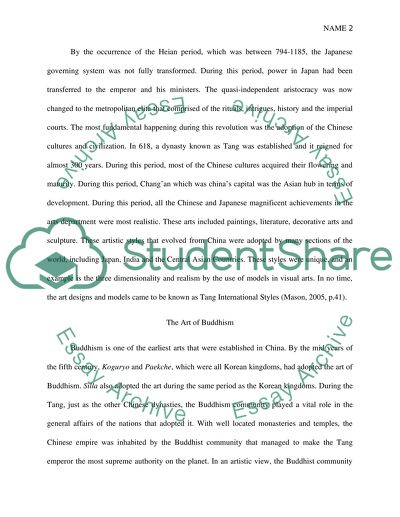Cite this document
(“The origin, growth and development of Japanese art and culture Term Paper”, n.d.)
Retrieved from https://studentshare.org/visual-arts-film-studies/1461524-the-origin-growth-and-development-of-japanese-art-and-culture
Retrieved from https://studentshare.org/visual-arts-film-studies/1461524-the-origin-growth-and-development-of-japanese-art-and-culture
(The Origin, Growth and Development of Japanese Art and Culture Term Paper)
https://studentshare.org/visual-arts-film-studies/1461524-the-origin-growth-and-development-of-japanese-art-and-culture.
https://studentshare.org/visual-arts-film-studies/1461524-the-origin-growth-and-development-of-japanese-art-and-culture.
“The Origin, Growth and Development of Japanese Art and Culture Term Paper”, n.d. https://studentshare.org/visual-arts-film-studies/1461524-the-origin-growth-and-development-of-japanese-art-and-culture.


